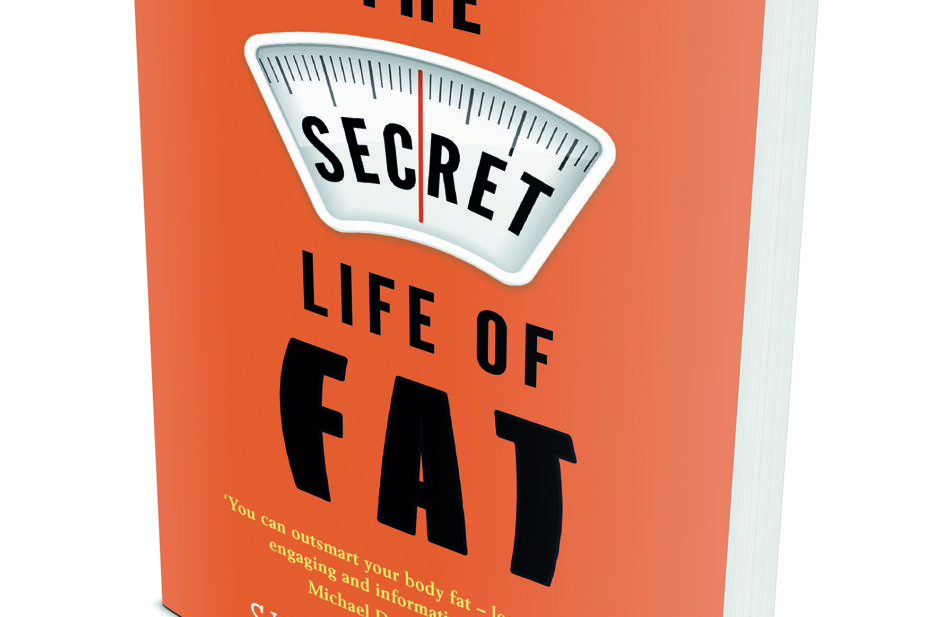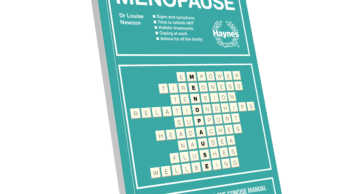
The word ‘fat’, when used in the context of our weight, has become a derogatory term, as witnessed by the plethora of books and articles describing how to get rid of it.
In fact, the term ‘obese’ is a polite way to describe someone carrying too much body fat. Nobody wants to be fat and, according to the NHS, the easiest way to lose fat is to eat fewer calories and exercise more. What could be simpler? Well, according to this new book, this view is somewhat naive.
Sylvia Tara, who has a PhD in biochemistry, describes how she wrote the book because of the frustration from working up a sweat in the gym, eating next to nothing and still not being able to shed a pound. Perhaps more infuriating was how friends and colleagues could exercise sporadically, devour large amounts of food and not gain weight. The book describes her quest to understand everything about fat and why it was so hard to shift.
The book describes how our view of fat has changed over the years. It is no longer considered a just repository of energy but more of an endocrine organ. The first hint that fat was a biologically active tissue came in the 1990s, with the discovery of the hormone, leptin, which is secreted by fat cells. Leptin levels are ‘sensed’ by our brain and, when we start to lose fat, the brain responds to the fall in leptin levels by sending signals to decrease metabolism, make muscles more efficient (by using less energy) and basically heighten our awareness and desire for food. It thus requires a Herculean effort to resist temptation and many will subsequently crumble when staring at a chocolate bar or pizza. In the battle to lose it, fat is a fierce opponent, conspiring to thwart your efforts to remove it.
Since the discovery of leptin, researchers have revealed how fat cells secrete a variety of adipokines and Tara depicts how these influence a wide range of endocrine systems, affecting the onset of puberty and menstruation through the immune system to being receptive to the body’s need for energy. Finally, it seems that fat possesses stem cells and Tara describes some interesting recent work in which fat-derived stem cells have led to improvements in back pain, repairing a patient’s skull and even the resolution of wrinkles.
Successive chapters explore the ways in which we can overcome the efforts of fat in our battle to lose weight. Various psychological strategies can be deployed and, when combined with exercise or intermittent fasting, some fat loss will ensue. However, brain imaging studies of those who have lost weight suggest that the remaining fat is still ready to put up a fight and you need to remain constantly vigilant, otherwise, weight gain is inevitable.
What was interesting about this book was the lengths to which the author went in her battle to shed fat. Suffice to say it was a real battle of wills between her and her fat, which eventually conceded some ground.
Although not strictly a science book, the facts are nicely woven into the narrative and there are plenty of references. It is a highly readable and engaging account of someone’s search for the truth about fat.
Pharmacists will enjoy this book and become more aware of the strategies used by our fat when its survival is threatened. We clearly need to do something to address the global obesity epidemic, because simply repeating the mantra “eat less and exercise more” is not effective.
Rod Tucker
References
The secret life of fat, by Sylvia Tara. Pp224. Price £9.99. London: Blink Publishing 2017. ISBN 978 191127 4001


